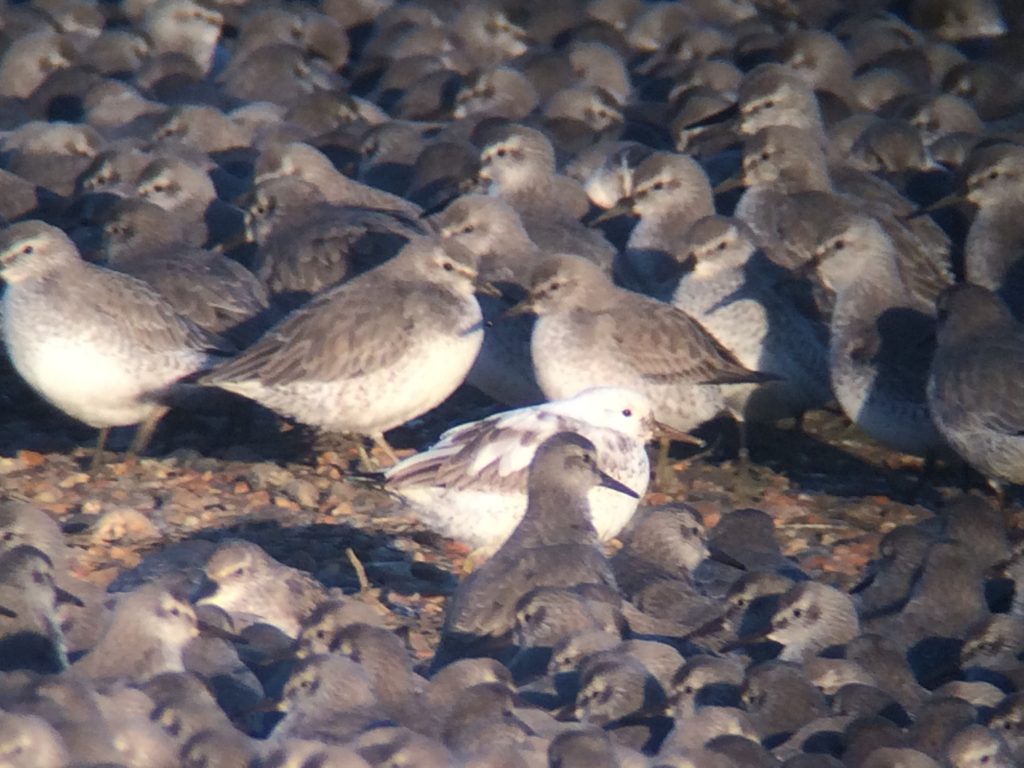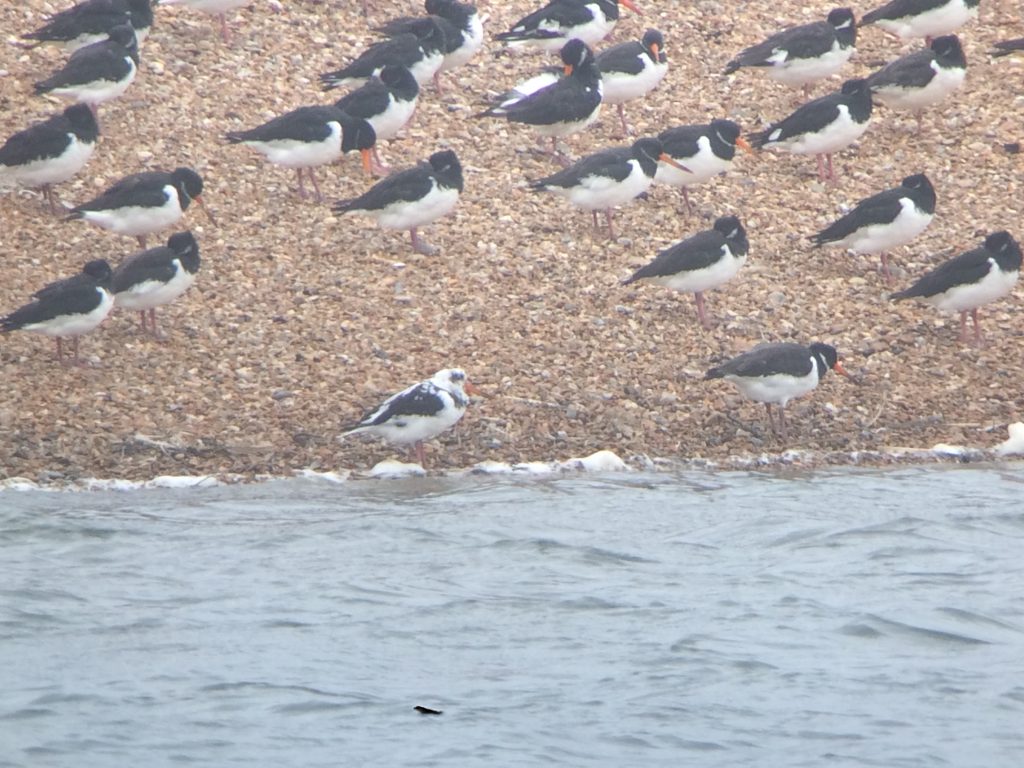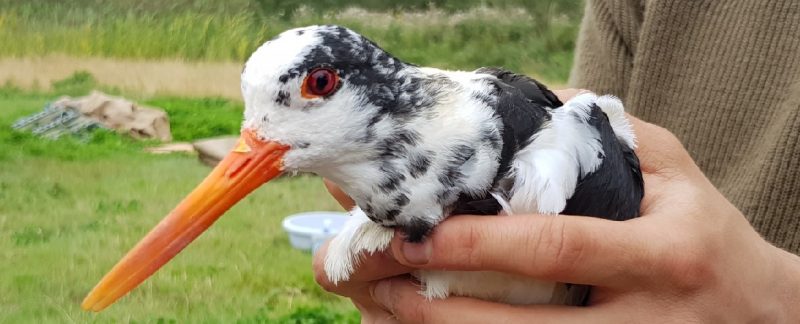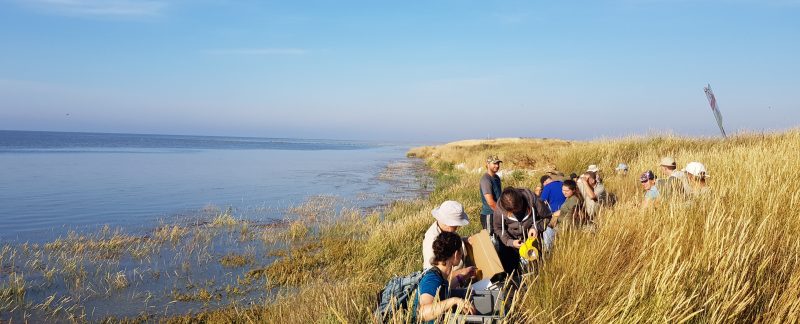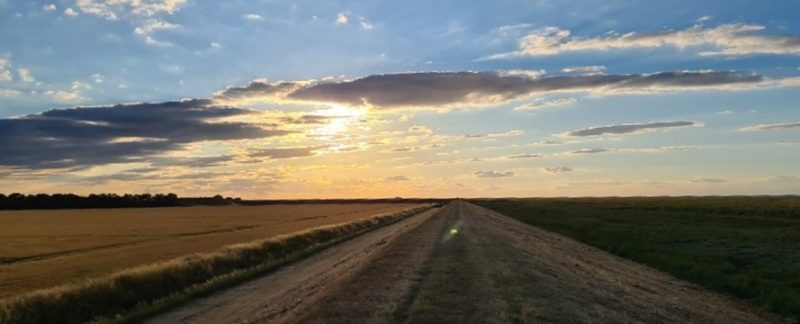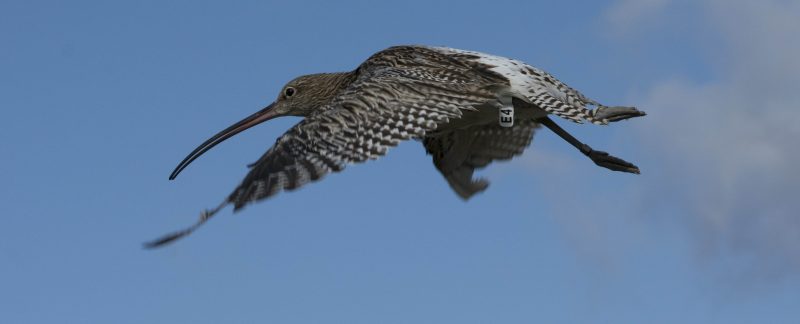We all occasionally see birds with some white feathers and, unless the bird has no colouring at all (albino), we generally put the lack of colouring down to leucism – an absence of pigment in some feathers. However, it’s not that simple – there are number of different types of lack of pigment (van Grouw 2021).
